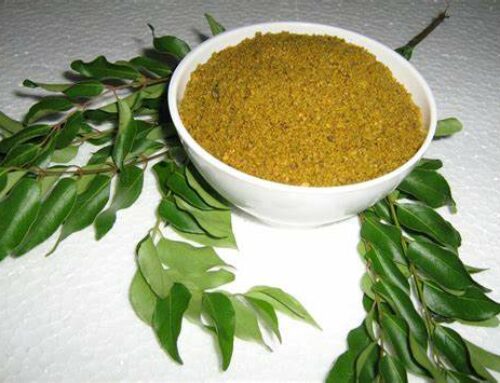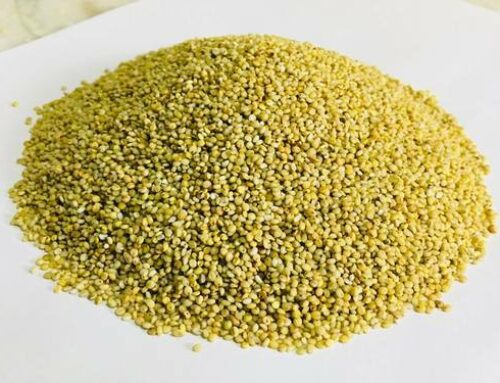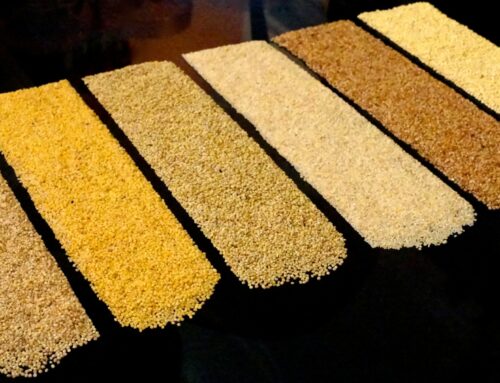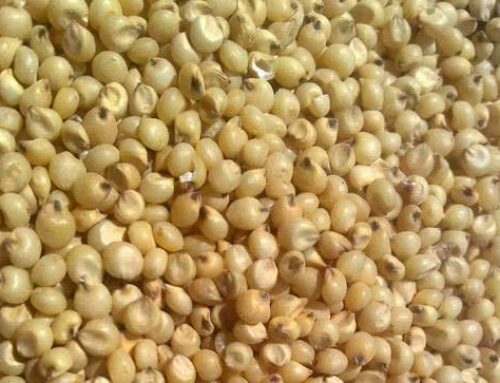Millets are as old as the vedic age
Foxtail Millet is known to have been the first domesticated millet. Chinese legends attribute the domestication of millet to Shennong, the legendary Emperor of China.
Similarly, millets have been mentioned in some of the oldest extant Yajurveda texts, identifying foxtail millet (priyangava), Barnyard millet (aanava) and black finger millet (shyaamaka), indicating that millet consumption was very common, pre-dating to 4500 BC, during the Indian Bronze Age.

Specialized archaeologists called palaeoethnobotanists, relying on data such as the relative abundance of charred grains found in archaeological sites, hypothesize that the cultivation of millets was of higher prevalence in prehistory than rice, especially in northern China and Korea. Millets also formed essential parts of the prehistoric diet in Indian, Chinese Neolithic, and Korean Mumun societies.
Broomcorn (Panicum miliaceum) and foxtail millet were important crops beginning in the Early Neolithic of China. For example, some of the earliest evidence of millet cultivation in China was found at Cishan (north). Cishan dates for common millet husk phytoliths and biomolecular components have been identified around 8300–6700 BC in storage pits along with remains of pit-houses, pottery, and stone tools related to millet cultivation. Evidence at Cishan for foxtail millet dates back to around 6500 BC. A 4,000-year-old well-preserved bowl containing well-preserved noodles made from foxtail millet and broomcorn millet was found at the Lajia archaeological site in China.
Palaeoethnobotanists have found evidence of the cultivation of millet in the Korean Peninsula dating to the Middle Jeulmun pottery period (around 3500–2000 BC). Millet continued to be a critical element in the intensive, multicropping agriculture of the Mumun pottery period (about 1500–300 BC) in Korea. Millets and their wild ancestors, such as barnyard grass and panic grass, were also cultivated in Japan during the Jōmon period sometime after 4000 BC.
Asian varieties of millet made their way from China to the Black Sea region of Europe by 5000 BC. The cultivation of common millet as the earliest dry crop in East Asia has been attributed to its resistance to drought, and this has been suggested to have aided its spread.
Pearl Millet was domesticated in the Sahel region of West Africa, where its wild ancestors are found. Evidence for the cultivation of Pearl Millet in Mali dates back to 2500 BC, and Pearl Millet is found in South Asia by 2300 BC.
Finger Millet is originally native to the highlands of East Africa and was domesticated before the third millennium BC. Its cultivation had spread to South India by 1800 BC.
Research on millets is carried out by the International Crops Research Institute for the Semi-Arid Tropics and ICAR-Indian Institute of Millets Research in Telangana, India, and by the USDA-ARS at Tifton, Georgia, United States.










Leave A Comment
You must be logged in to post a comment.